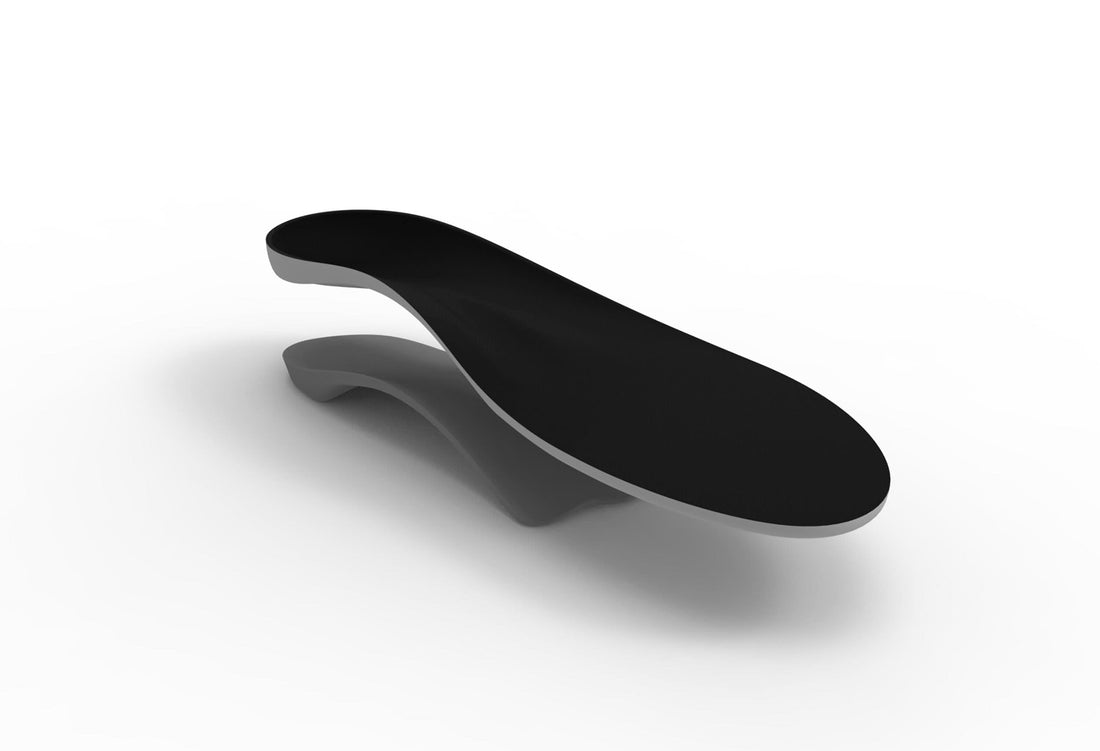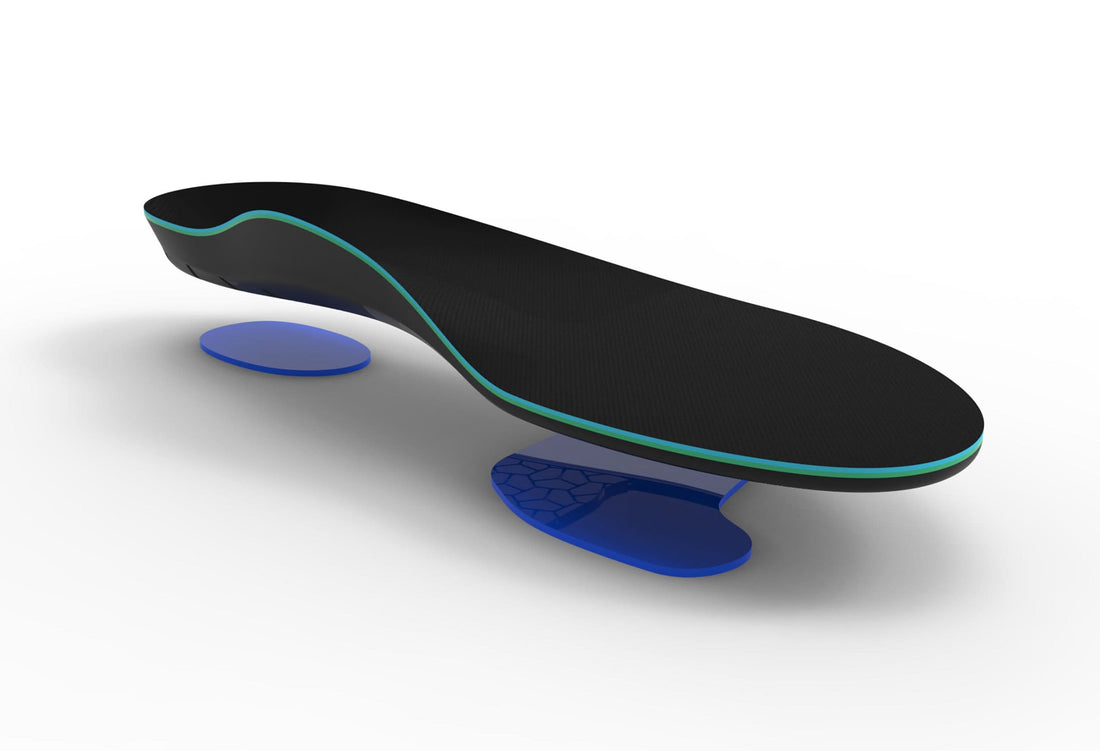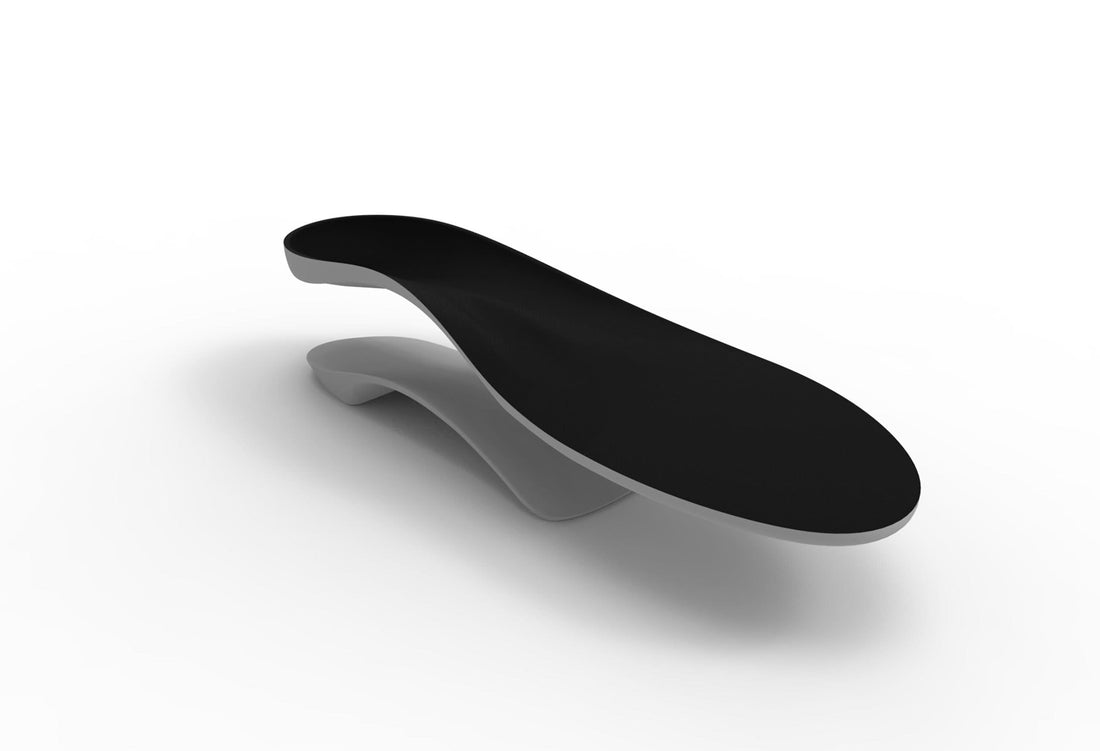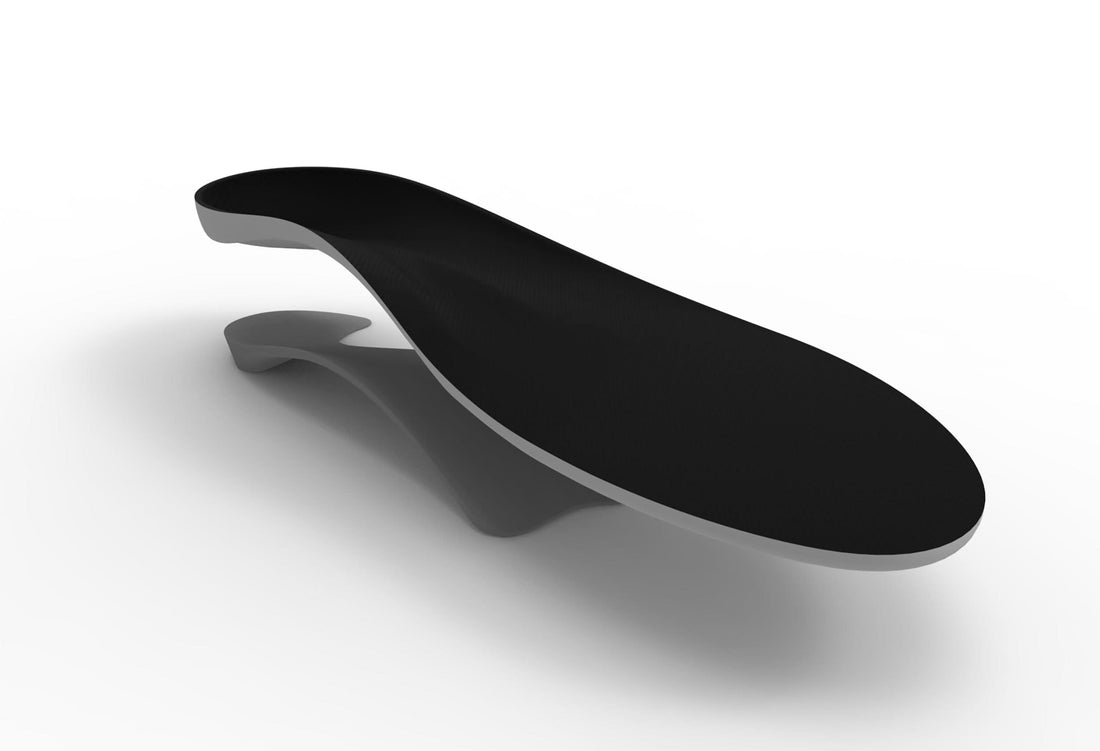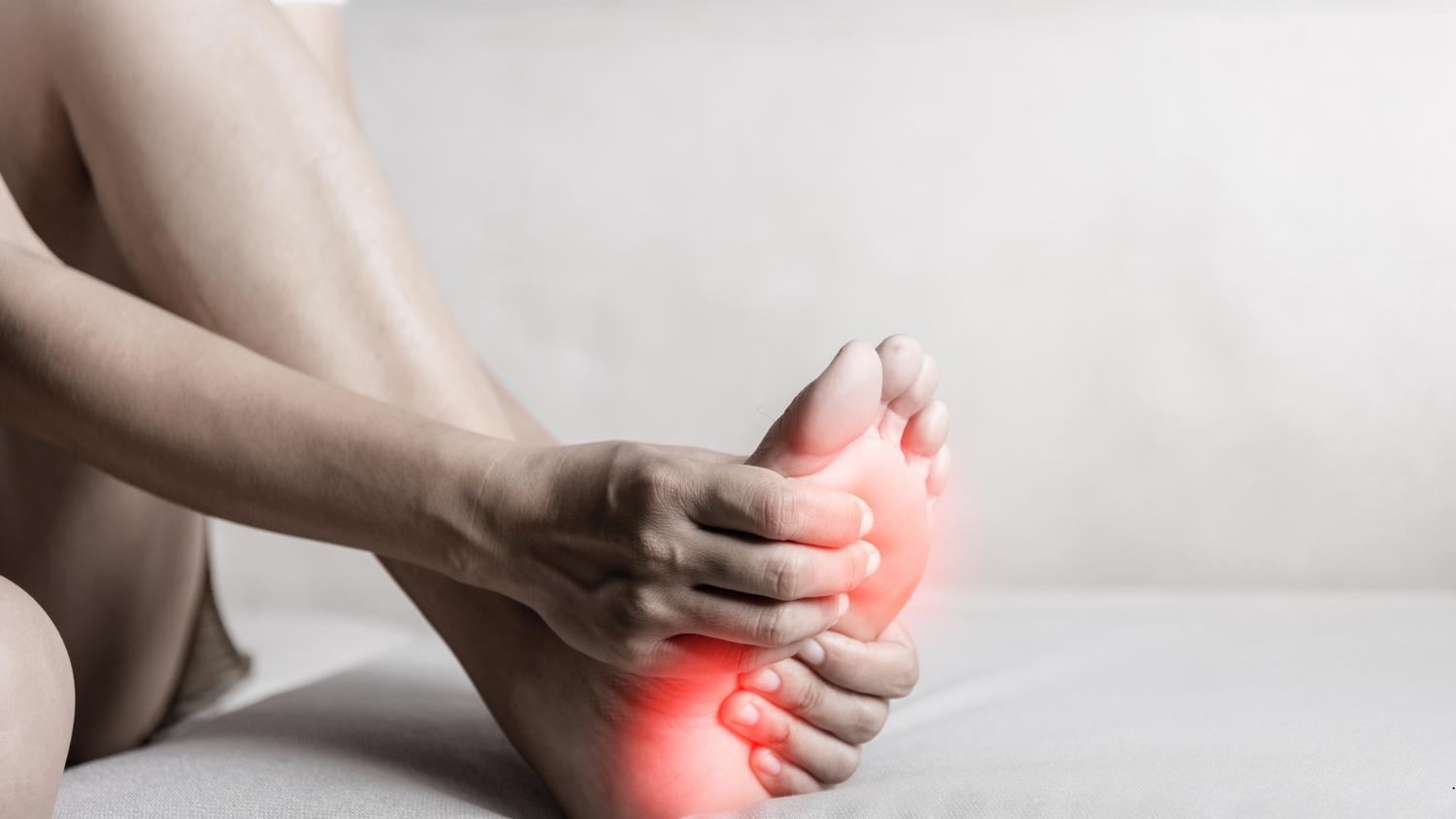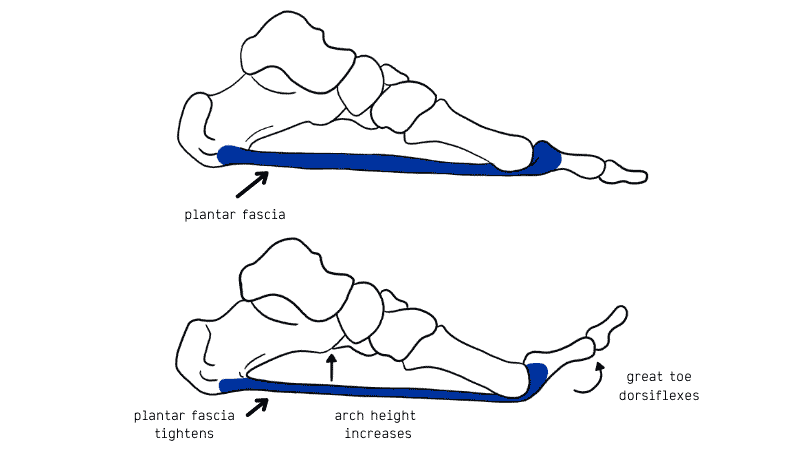| Title/Author | Information | Conclusion/Outcome |
|---|---|---|
|
Title/AuthorSupporting the foot Craig Payne Latrobe University. School of Human Biosciences |
InformationA summary of the current literature on why foot orthoses support the foot and the lower limb and assist in injury prevention. The review defines “poor foot posture” and how to measure this. |
Conclusion/Outcome
|
|
Title/AuthorPlantar fascia grooves in foot orthoses Craig Payne Latrobe University. School of Human Biosciences READ RESEARCH |
InformationA summary of the current literature on the activation of the windlass mechanism and the effect of plantar fascia grooves in orthoses. |
Conclusion/Outcome
|
|
Title/AuthorResistance of the foot to supination Craig Payne, Matthew Oates and Shannon Munteanu Latrobe University. School of Human Biosciences |
InformationA summary and review of the concept and effectiveness of the supination resistance test used in determining foot orthoses prescriptions in podiatry. |
Conclusion/Outcome
|
|
Title/AuthorImproved gait efficiency Craig Payne Latrobe University. School of Human Biosciences READ RESEARCH |
InformationThe body’s center of mass vertical trajectory during gait was assessed in an individual before and after the use of Interpod Orthoses treatment implementation. |
Conclusion/Outcome
|
|
Title/AuthorComparison of preform orthoses Craig Payne Latrobe University. School of Human Biosciences READ RESEARCH |
InformationThe study measured the change in frontal plane position of the calcaneus using a number of prefabricated orthoses. The study compared the Interpod Control Tech Flex orthoses in the three available arch heights (4, 6 and 8 degrees) with the Interpod Control Tech Soft (4 and 6 degrees) and Interpod Slim Tech Soft device. The study then compared these against Vasyli, Formthotics, Prothotics, Orthopro, a 6 degree high density EVA wedge and a rubber arch cookie. |
Conclusion/Outcome
|
|
Title/AuthorPrefabricated foot orthotics decrease internal tibial rotation during hopping in females Houglum, PA., & Carcia, C.R. Kristen McMaster Human Movement Laboratory, Duquesne University, Pittsburgh READ RESEARCH |
InformationThe study investigated the influence of orthotics on minimizing the amount of tibial rotation present during decelerating activities and the consequential relationship this has with stress and strain on the anterior cruciate ligament and injury risk. The study also investigated the relationship between males and females and internal tibial rotation. They used the Interpod semi rigid orthoses, which included a 6 degree rearfoot varus post. Participants GRFs and tibial rotation moments were tested during landing and hopping tasks. |
Conclusion/Outcome
|
|
Title/AuthorLarsa Technical Report Peter Roy (technical officer) NZ leather and shoe research association |
InformationThe study investigated the energy absorption characteristics in the as received condition and ageing treatments. The study compared Interpod (new device), Interpod (old device), Formthotics Ultimate foot comfort and Vasyli custom heat moldable orthotics for customized prescription. |
Conclusion/Outcome
|
|
Title/AuthorEffects of a plantar fascial groove in a foot orthotic on the windlass mechanism Craig Payne Latrobe University. School of Human Biosciences READ RESEARCH |
InformationThe study investigated the force required during static stance to establish the windlass mechanism in identically shaped foot orthoses with and without a plantar fascial groove. |
Conclusion/Outcome
|
|
Title/AuthorComparison of the semi-rigid prefabricated foot orthoses and custom made foot orthoses Craig Payne Latrobe University. School of Human Biosciences READ RESEARCH |
InformationThe study investigated the patients perceptions of the fit and comfort between a custom foot orthoses and a prefabricated foot orthoses. The study used polypropylene custom devices from a laboratory and compared these to the Interpod prefabricated Control Tech Flex incorporated with a heel post. Interpod devices were chosen for patients on the closest matched arch height to the custom device. |
Conclusion/Outcome
|
|
Title/AuthorComfort fit and control of Prefabricated foot orthoses Craig Payne Latrobe University. School of Human Biosciences |
InformationInvestigated the perceived comfort and control of the rearfoot from prefabricated foot orthoses available in the Australian market. The study compared Interpod, Vasyli, Formthotics, Prothotics, Spenco, Alphathotic, Dr Scholl, Orthoheel and Footsteps. |
Conclusion/Outcome
|
|
Title/AuthorThe response of the foot to prefabricated orthoses of different arch heights Craig Payne, Matthew Oates and Alison Mitchel Latrobe University: School of Human Biosciences READ RESEARCH |
InformationThe study investigated the static stance response of the foot to prefabricated foot orthoses in different arch heights. The study compared the Interpod Control Tech Flex orthoses in the three available arch heights (4, 6 and 8 degrees) with the Interpod Control Tech Soft (4 and 6 degrees) and Interpod Slim Tech Soft device. |
Conclusion/Outcome
|
|
Title/AuthorPoron orthoses absorb mechanical stress James Birke & James Foto |
InformationThe study investigates the strengths and weaknesses of PORON on providing shock absorption and protection to the foot. The study compared the effect that different thicknesses of soft materials (such as poron) have on pressure reduction. Comparison Tests conducted with and without orthotics: RCSP, Navicular Height, skin lines, FPI, and Supination resistance. |
Conclusion/Outcome
|


